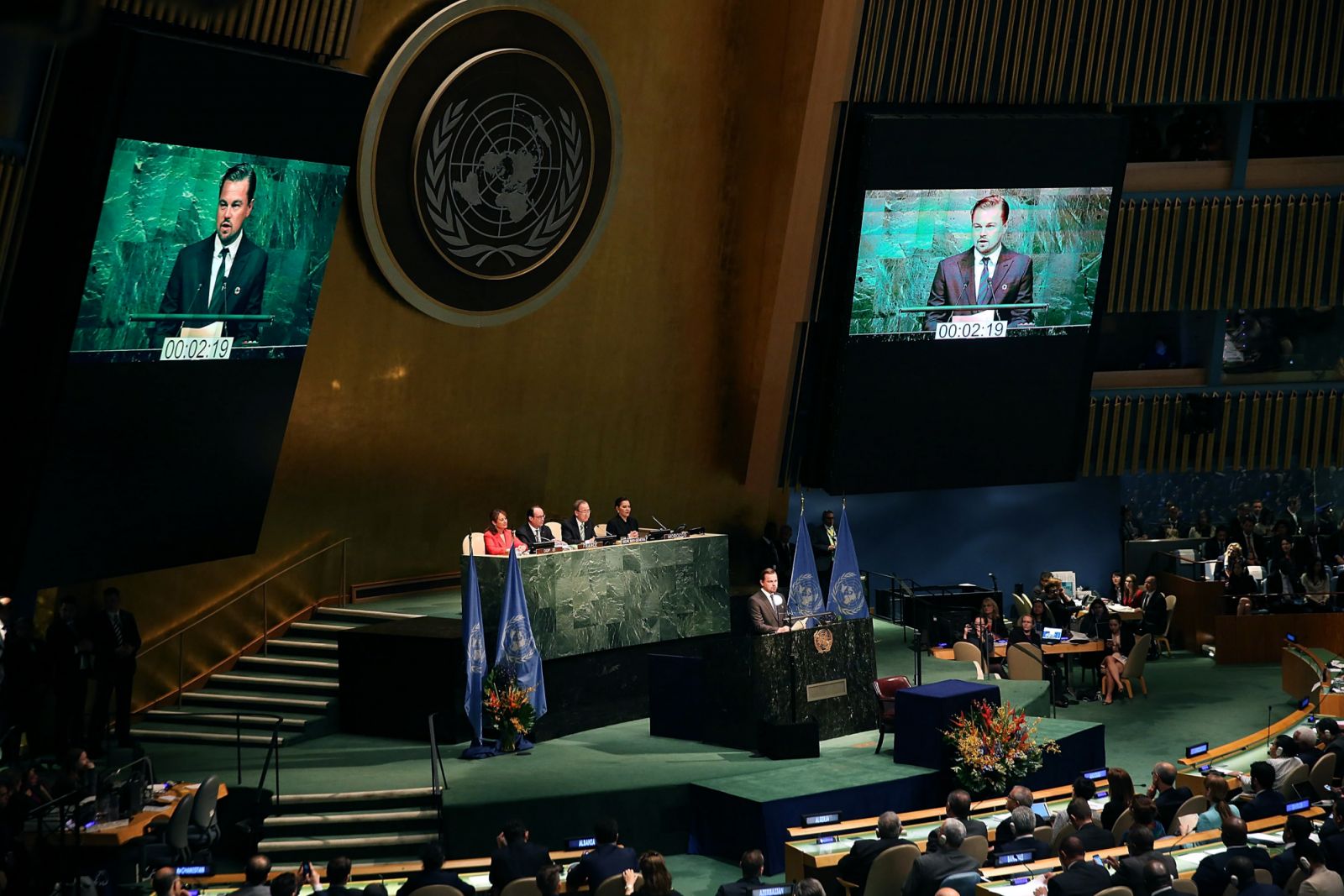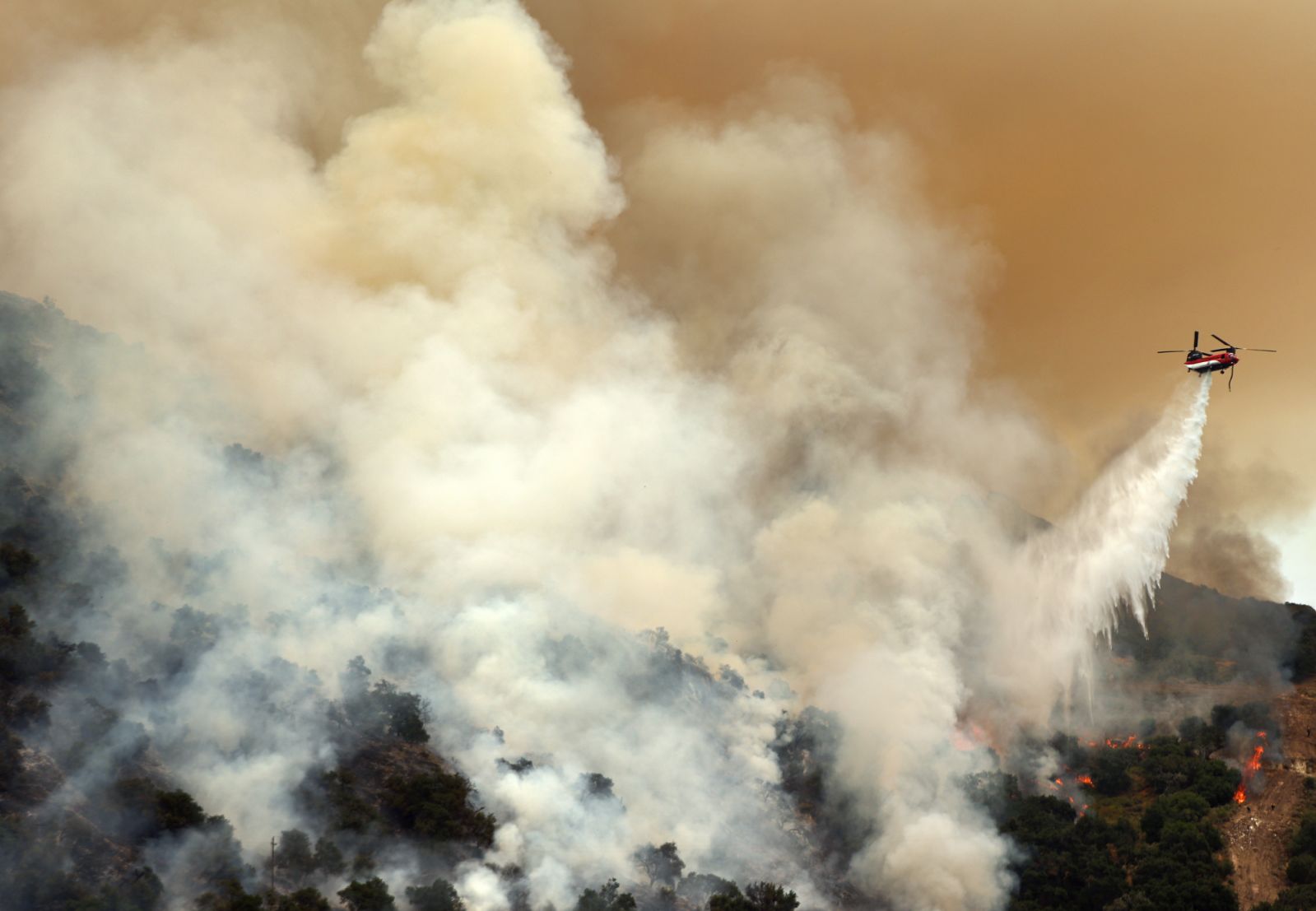Sustainable investing has become less fringe and more essential. Tatler speaks to climate finance specialists to find out more
Can growing your portfolio make a difference in mitigating the climate crisis? As the weather breaks records year after year, climate-conscious investors have taken action by divesting from highly polluting industries. Financial institutions, such as banks and investment funds, and informed individuals have invested more into supposedly “green” companies, hoping to reduce the damaging climate impact of their money. Investors—whether institutions or individuals—have some influence over the pace and manner of this transition towards more sustainable business methods; but how can they tell whether a company is actually changing or just paying lip service to the cause?
Don’t miss: Hong Kong jumps 11 places in world’s most liveable cities report 2024
One way is to look at sustainability, or climate, reports; similar to annual financial reports, governments and regulators—including stock exchanges—around the world have encouraged and in many cases made it mandatory for companies to disclose their climate-related risks and opportunities in publicly available reports. The hope is that this transparency will drive the adoption of more sustainable corporate practices while at the same time helping investors and fund managers decide which companies they consider “green”.
Of course, many companies are set against divulging information if they don’t have plans to become more sustainable or simply don’t believe in the need to do so—not to mention such reports take time and resources. But Angela Kwan, the co-founder of Catalyser, a software company based in Australia, believes reporting, when done properly and genuinely, could be a business opportunity to seize.
Catalyser helps employers coordinate and track their employees’ charitable activities, organising the data into social impact reports, which—like sustainability reporting—can improve company image. “When I first started [volunteering in my previous career as a lawyer], there wasn’t a lot of reporting or figures around those activities,” she says. “Over the years, I saw that there was an increased desire from companies to report on this—both for internal purposes [such as annual financial reports] and also for external branding and marketing.” For Kwan, reporting on company values beyond just profit-making—whether related to charitable community actions or sustainability—can improve the company’s image. “It’s an alternative to spending your marketing dollars,” she says.





